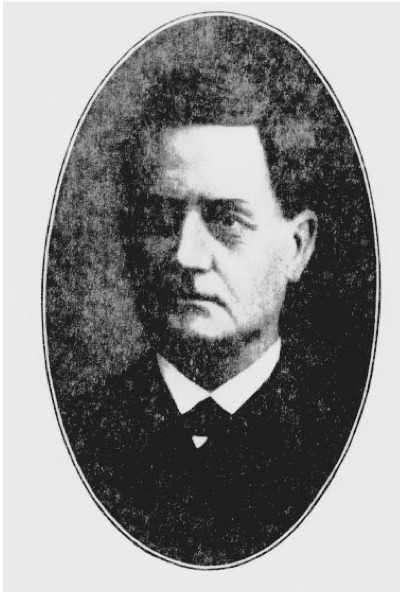When Noah Webster Morgan was born in Fayetteville, North Carolina in 1845, he likely never dreamed he would someday be master of his own ship, plying the coasts of New England. Yet that is exactly what happened.
South Yarmouth Quaker David K. Akin and his wife Betsey were traveling through the south and visited a Friends meeting in Back Creek, North Carolina in the late 1850s. There they met a doctor who knew two bright half-black teenage boys and a black cousin he wanted to take north to freedom. Noah and Eli were brothers whose white Scottish father had died, and two of their sisters had been sold into slavery to settle large estate debts. It was feared the boys would soon be sold also. Dr. Nathan B. Hill, a Quaker, had agreed to accompany them if someone at the end of their journey would take them in. Dr. Hill was in the process of moving to Minnesota.
David K. Akin
Dr. Nathan B. Hill
Akin and his wife agreed to accept responsibility for Noah Morgan, his brother Eli, and cousin Dempsey Ragsdale, once they arrived in Yarmouth. A plan was discussed and put in motion.
Dr. Hill soon set out with the three young men. They were stopped in Richmond, Virginia where someone offered Dr. Hill cash for the boys, but after refusing the offer, they were able to continue north. According to Hannah Sears, granddaughter of the Akins, “the doctor had a hard time getting them to New York and, after he had gotten them on a steamer for Fall River, locked them in a stateroom and went to eat his first meal. Still fearful, he went back and found a man trying to pick the lock!”
The group arrived safely in Bass River. The Akins provided a home for Noah and Eli, and David Kelley took in cousin Dempsey. They had received little if any education so the boys were tutored in their letters and taught to read, then later entered the South Yarmouth Grammar School, where Noah and Eli were noted in the Yarmouth Register as having perfect attendance in Spring 1859. Noah, in particular, was a “very good scholar.”
David K. Akin’s home in Bass River.
After the Civil War broke out Noah enlisted in 1863, first joining the army in the 54th Massachusetts Regiment under Col. Robert Shaw, one of the first African American regiments. He joined the Navy in 1864 out of New Bedford, and served on the steamer Nyanza which patrolled the Mississippi, and then supply ship USS Pampero. It is likely he learned his seamanship skills during this time. He survived the war, returned to Yarmouth in 1866 and later received a pension for his service.
The Navy was far more integrated during the Civil War.
By 1870 Noah was engaged in the salt making trade and that year married Mattie Knox of New Bedford. They settled into a house near the river on Pleasant Street and started a family. Their first child, a son, was named David Akin Morgan after their mentor. A daughter named Emily Mae followed a few years later. Hannah Sears fondly remembered her friend “Emmie” who she saw nearly every day as they whiled away the hours doing what kids do along the shore of Bass River.
The Morgans had a large garden and were known throughout the village for their sweet potatoes and delicious melons.
One of the houses Noah and his family lived in was this little white Cape at 50 Pleasant Street.
In early 1881 Noah was named master of the William H. Rowe and in 1883 the family moved to New Bedford; a larger port with more opportunities. By 1889 he was part owner of the schooner F. H. Odiorne and in 1895 he purchased a quarter interest in the schooner Oliver Ames, becoming her managing owner. The Oliver Ames was the largest two-masted schooner on the coast at 124’ long, with a 33’ beam. The vessel delivered coal to Maine and stone to Philadelphia along with other cargo. In 1909 Noah became half owner of the schooner and sailed her with his son David and other crew. Financial difficulties, in part due to the ship striking rocks near Bath and being stuck in port for the summer of 1910 on a broken marine railway after being hauled out for repairs, forced him to sell his share. David worked at ropemaking in New Bedford.
Schooner Oliver Ames under sail and inbound to Bay View Granite Works
Hannah Sears described her last visit with Noah Morgan in a letter later quoted in Florence Baker’s Yesterday’s Tide : “About ten years ago, in that city for a few hours, I decided to look him up. I knew that his wife, Mattie, had died and that my early playmate had become Mrs. Emily Morgan Tabb of Jersey City. As I went up the street toward his home, a tall stiffly-moving figure was sweeping off the pavement. The back, which for years had carried the scars from a boyhood lashing, was now bent and a shock of white hair made striking contrast to his face….as I introduced myself he gave his old familiar smile … and was again, “Emmie’s father,” as when he lived with his family in the little house near Bass River. We talked long of the changes that had taken place and he asked many questions about those he had known in South Yarmouth. As he bade me good-by, his face shining with friendliness, he patted me on the shoulder with a gentle, ‘Thank you so much, Missy, for coming to see me!’”
168 North Street, New Bedford, where Noah lived in the 1900s with his family.
Mattie died in 1921, Noah in 1924, and son David in 1928. They are all buried in Oak Grove Cemetery in New Bedford. Daughter Emily married Augustus Tabb, moved to New Jersey and had a son who later became an Episcopal priest. Eli, the older of the two brothers and found in later records as “Elias T. Morgan”, was in New Bedford by 1867, married there and had several children. There is no indication he became a sailor. Dempsey was rumored to have gone to sea and this author was not able to find any further trace of him.
Researched and written by Nancy Mumford
*note - unfortunately no images of Noah and his family were found.
Schooner Oliver Ames.









